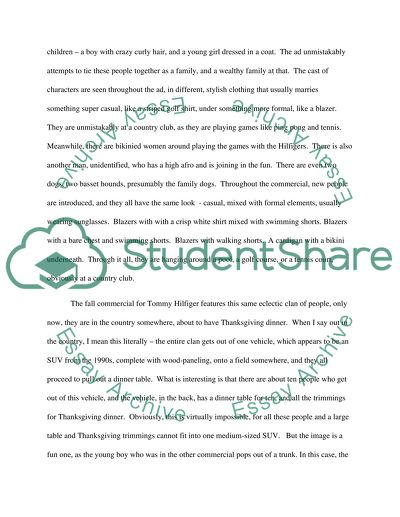Cite this document
(Guess or Tommy, You Should Guess Essay Example | Topics and Well Written Essays - 1750 words - 1, n.d.)
Guess or Tommy, You Should Guess Essay Example | Topics and Well Written Essays - 1750 words - 1. https://studentshare.org/marketing/1576755-analyzing-advertisements
Guess or Tommy, You Should Guess Essay Example | Topics and Well Written Essays - 1750 words - 1. https://studentshare.org/marketing/1576755-analyzing-advertisements
(Guess or Tommy, You Should Guess Essay Example | Topics and Well Written Essays - 1750 Words - 1)
Guess or Tommy, You Should Guess Essay Example | Topics and Well Written Essays - 1750 Words - 1. https://studentshare.org/marketing/1576755-analyzing-advertisements.
Guess or Tommy, You Should Guess Essay Example | Topics and Well Written Essays - 1750 Words - 1. https://studentshare.org/marketing/1576755-analyzing-advertisements.
“Guess or Tommy, You Should Guess Essay Example | Topics and Well Written Essays - 1750 Words - 1”. https://studentshare.org/marketing/1576755-analyzing-advertisements.


